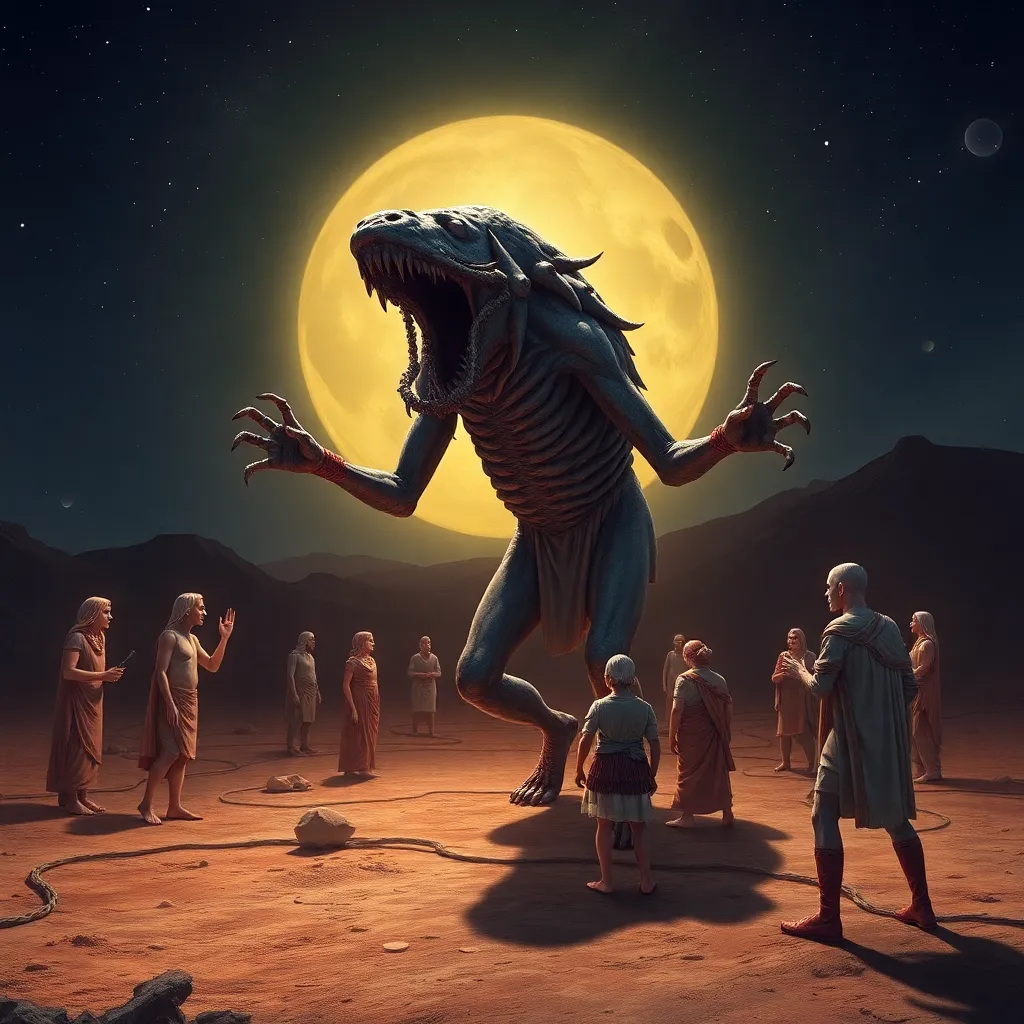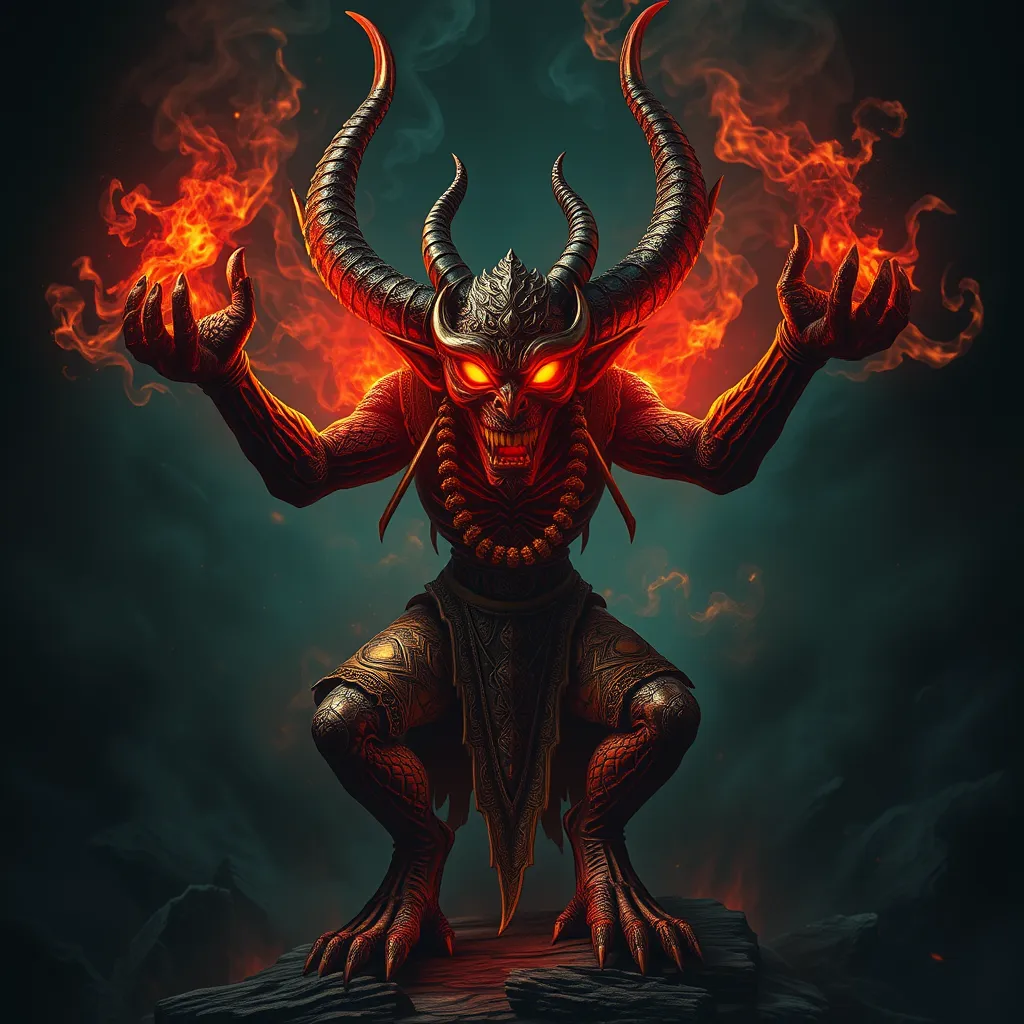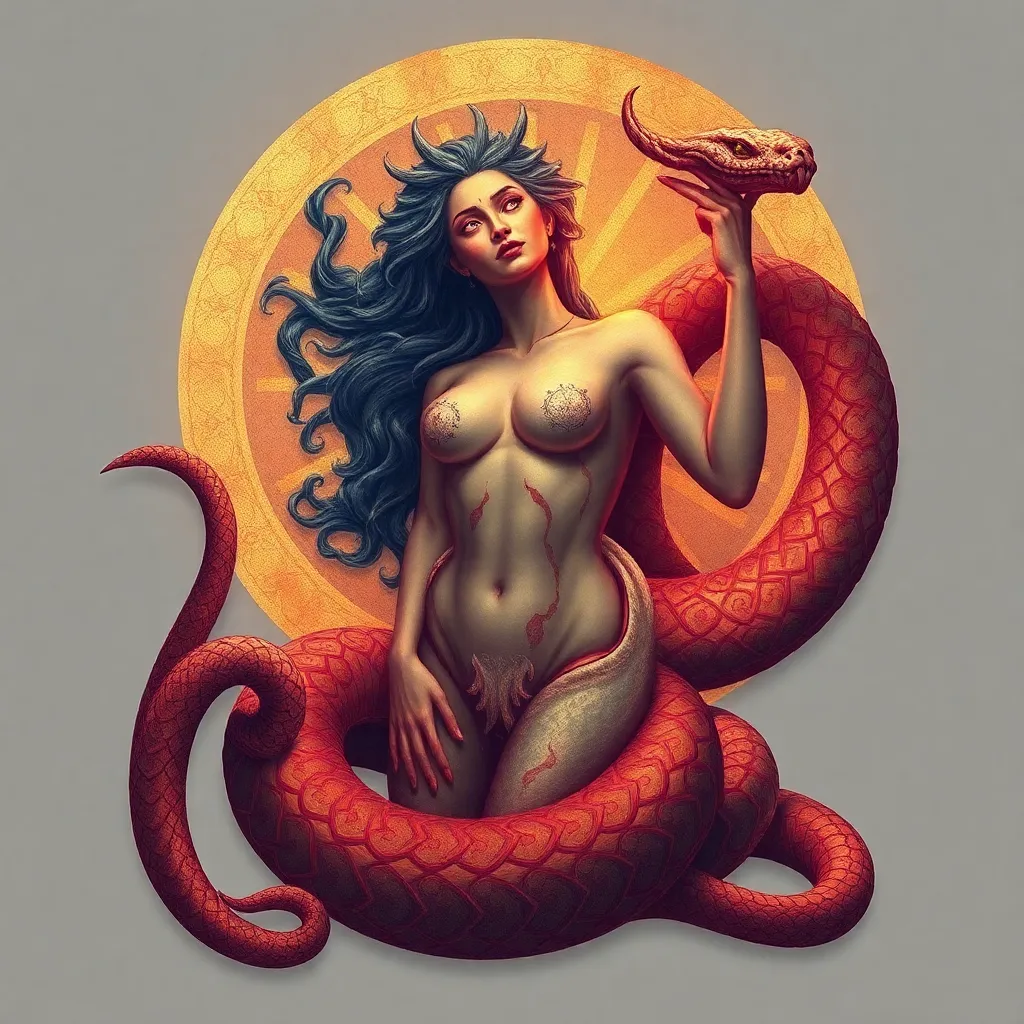The Night of the Living Dead: Exploring the Ancient Mesopotamian Myth of the Eshdu
I. Introduction
The Night of the Living Dead is an iconic horror film that has shaped the portrayal of zombies in popular culture. Released in 1968 by George A. Romero, the film redefined the zombie genre and introduced themes of survival, societal collapse, and the human condition. While the film draws on modern fears and social commentary, its roots can be traced back to ancient myths and folklore, including the Mesopotamian legend of the Eshdu.
In ancient Mesopotamian culture, the Eshdu represented a haunting figure associated with death and the afterlife. This myth encapsulates the fears and beliefs of a society deeply engaged with the concepts of mortality and the unknown. Understanding the Eshdu myth provides insight into the cultural framework of ancient Mesopotamia and its significance in the evolution of zombie lore.
II. Origins of the Eshdu Myth
A. Historical context of ancient Mesopotamia
Ancient Mesopotamia, often referred to as the cradle of civilization, was home to some of the earliest known societies, including the Sumerians, Akkadians, Babylonians, and Assyrians. This region, located between the Tigris and Euphrates rivers, witnessed significant advancements in writing, architecture, and governance. The Mesopotamians developed complex religious beliefs and rituals aimed at understanding and navigating the mysteries of life and death.
B. Key texts and archaeological findings that reference the Eshdu
References to the Eshdu can be found in various ancient texts, including the Epic of Gilgamesh and the Enuma Elish. Archaeological findings, such as cylinder seals and inscriptions, depict Eshdu-like figures, suggesting their importance in rituals and funerary practices. These artifacts provide a glimpse into how the Eshdu was perceived and its role in the collective consciousness of Mesopotamian society.
III. Characteristics of the Eshdu
A. Physical and supernatural attributes
The Eshdu is often depicted as a spectral figure, embodying both human and supernatural qualities. Descriptions in ancient texts suggest that Eshdu may have had the following characteristics:
- Translucent or ghostly appearance
- Ability to traverse between the realms of the living and the dead
- Possession of knowledge about the afterlife and the fate of souls
B. Role in Mesopotamian folklore and belief systems
In Mesopotamian folklore, the Eshdu served as a reminder of the inevitability of death and the importance of proper burial practices. The belief that improperly buried individuals could rise as Eshdu influenced rituals surrounding death, emphasizing the need for respect and care in handling the dead. This notion reflects a broader cultural understanding of the afterlife and the significance of maintaining connections with ancestors.
IV. The Eshdu and Themes of Death and Resurrection
A. Exploration of death in Mesopotamian society
Death was a central theme in Mesopotamian life, with extensive rituals developed to honor the deceased and ensure safe passage to the afterlife. The Eshdu, as a figure that emerged from the grave, embodied the fears associated with death and the potential return of the dead to the world of the living.
B. Parallels between Eshdu and contemporary zombie lore
Modern zombie narratives, particularly those popularized by films like The Night of the Living Dead, share striking similarities with the Eshdu myth. Both represent fears surrounding death and the unknown, and both involve the return of the dead, albeit in different contexts. The reanimation of the dead serves as a metaphor for unresolved issues, societal collapse, and the fragility of human existence.
V. The Eshdu in Art and Literature
A. Representation in ancient artifacts and inscriptions
Ancient Mesopotamian art frequently depicted themes of death and the afterlife. Inscriptions on tombs and monuments often featured Eshdu-like figures, serving as guardians for the deceased. These representations not only conveyed the cultural significance of the Eshdu but also reflected the artistic style and societal values of the time.
B. Influence on later literary works and modern interpretations
The Eshdu myth has influenced numerous literary works throughout history. Writers and artists have drawn on the themes of death and resurrection, using the Eshdu as a template for exploring the human experience. Contemporary interpretations often blend ancient myth with modern horror, showcasing the enduring relevance of the Eshdu in literature and film.
VI. Cultural Impact and Legacy
A. The Eshdu’s influence on Mesopotamian rituals and practices
The Eshdu significantly impacted Mesopotamian rituals surrounding death. The belief that the deceased could return as an Eshdu necessitated elaborate burial practices, offerings, and rites to appease these restless spirits. This cultural practice highlighted the importance of memory and the veneration of ancestors in maintaining societal cohesion.
B. Enduring presence in modern popular culture and media
Today, the Eshdu continues to resonate in popular culture, influencing films, television shows, and literature. The archetype of the undead persists as a powerful symbol, reflecting contemporary fears and societal anxieties. From horror movies to television dramas, the theme of the undead remains a compelling narrative device, rooted in ancient myth.
VII. Comparative Mythology: Eshdu and Global Zombie Lore
A. Similarities and differences with other cultures’ undead myths
Comparative mythology reveals that many cultures have their own versions of undead beings, often representing similar fears and societal issues. For example:
- In Haitian Vodou, the concept of the zombie is tied to social control and the loss of autonomy.
- In European folklore, the vampire often embodies themes of immortality and the fear of death.
- In Asian cultures, spirits like the Jiangshi or revenants reflect different aspects of the afterlife and ancestral respect.
While these myths share themes of death and resurrection, their cultural contexts and implications vary widely.
B. The significance of the undead across various societies
The undead figure, whether as Eshdu or in other cultural forms, serves as a powerful metaphor for societal fears regarding mortality, memory, and legacy. The fascination with the undead highlights humanity’s struggle to comprehend the unknown and the desire to maintain connections with those who have passed.
VIII. Conclusion
A. Summary of key findings
The Eshdu myth provides a rich tapestry of themes related to death, resurrection, and the cultural practices of ancient Mesopotamia. Its characteristics and role in society echo through time, influencing modern interpretations of the undead.
B. Reflection on the relevance of the Eshdu myth in contemporary discussions of death and the undead
As society grapples with complex questions surrounding death and the afterlife, the Eshdu and its legacy remind us of the timeless nature of these themes. The interplay between ancient myths and modern narratives continues to shape our understanding of mortality, making the Eshdu an enduring symbol in the exploration of life, death, and what lies beyond.



